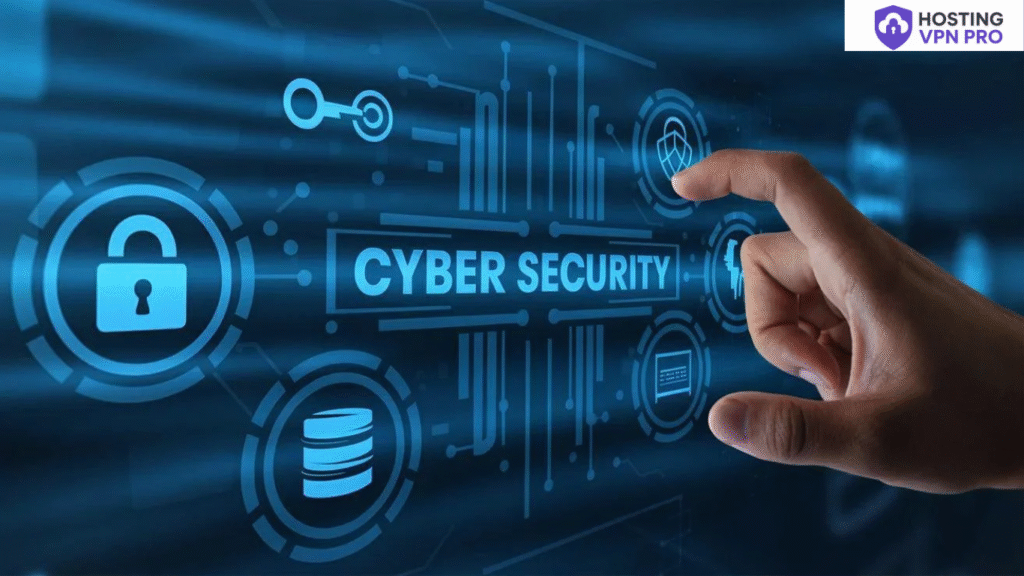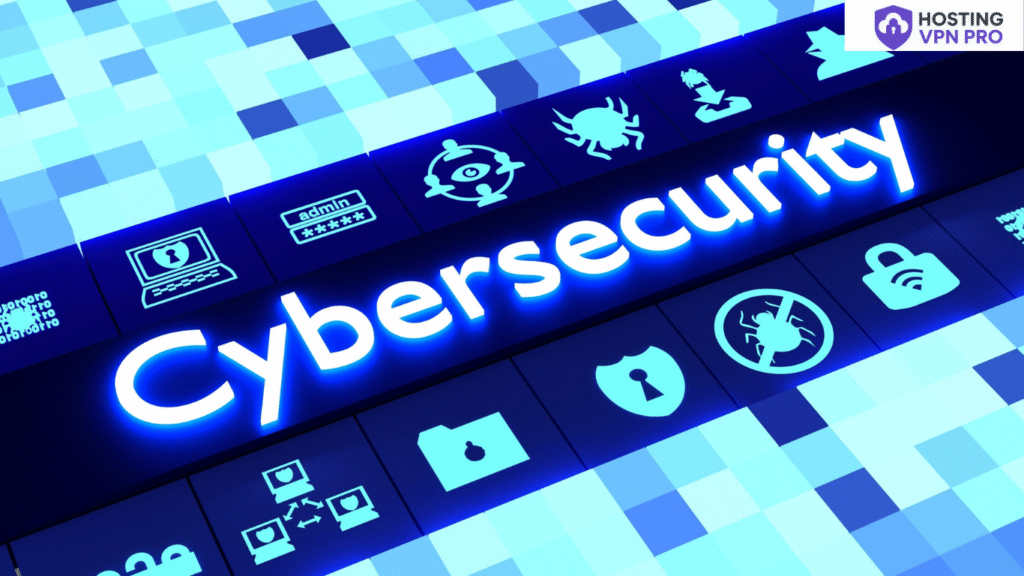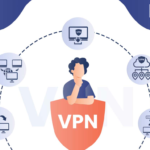Cyber security is a term that we often hear in movies or news but never know what actually is it. The main task of the software developed by the companies is to protect the data in their system. Not only does cyber security help to secure information, but it also protects it from a virus attack. India is one of the countries with the highest number of internet users, after the USA and China.
Cyber security is the practice of defending computers, servers, mobile devices, electronic systems, networks, and data from malicious attacks. It’s also known as information technology security or electronic information security. The term applies in a variety of contexts, from business to mobile computing, and can be divided into a few common categories.
Also Read- Types of VPNs & Protocols: Which One Keeps You Safest Online?
The main definition of cyber security is protecting networks, data, programs, and other information from unattended or unauthorized access, change, or destruction. Around the globe nowadays, cyber security is very vital because of some cyber-attacks and cyber-attacks. Many companies develop software for data protection.
We know the definition of cyber security but have you wondered why it is important for us? With an increasing number of users, devices and programs in the modern enterprise, combined with the increased deluge of data — much of which is sensitive or confidential — the importance of cybersecurity continues to grow. The growing volume and sophistication of cyber attackers and attack techniques compound the problem even further.

The cybersecurity field can be broken down into several different sections, the coordination of which within the organization is crucial to the success of a cybersecurity program. These sections include the following:
Cyber security does not only work for one particular thing. It works in every kind of field that is related to the cyber or internet or data. Network security is the practice of securing a computer network from intruders, whether targeted attackers or opportunistic malware.Disaster recovery and business continuity define how an organization responds to a cyber-security incident or any other event that causes the loss of operations or data. Disaster recovery policies dictate how the organization restores its operations and information to return to the same operating capacity as before the event. Business continuity is the plan the organization falls back on while trying to operate without certain resources.
End-user education addresses the most unpredictable cyber-security factor: people. Anyone can accidentally introduce a virus to an otherwise secure system by failing to follow good security practices. Teaching users to delete suspicious email attachments, not plug in unidentified USB drives, and various other important lessons is vital for the security of any organization.
With the scale of the cyber threat set to continue to rise, the International Data Corporation predicts that worldwide spending on cyber-security solutions will reach a massive $133.7 billion by 2022. Governments across the globe have responded to the rising cyber threat with guidance to help organizations implement effective cyber-security practices.
One of the most problematic elements of cybersecurity is the evolving nature of security risks. As new technologies emerge, and as technology is used in new or different ways, new attack avenues are developed. Keeping up with these frequent changes and advances in attacks, as well as updating practices to protect against them, can be challenging. Issues include ensuring all elements of cybersecurity are continually updated to protect against potential vulnerabilities. This can be especially difficult for smaller organizations without the staff or in-house resources.
Cybersecurity programs should also address end-user education, as employees may accidently bring viruses into the workplace on their laptops or mobile devices. Regular security awareness training will help employees do their part in keeping their company safe from cyberthreats.


